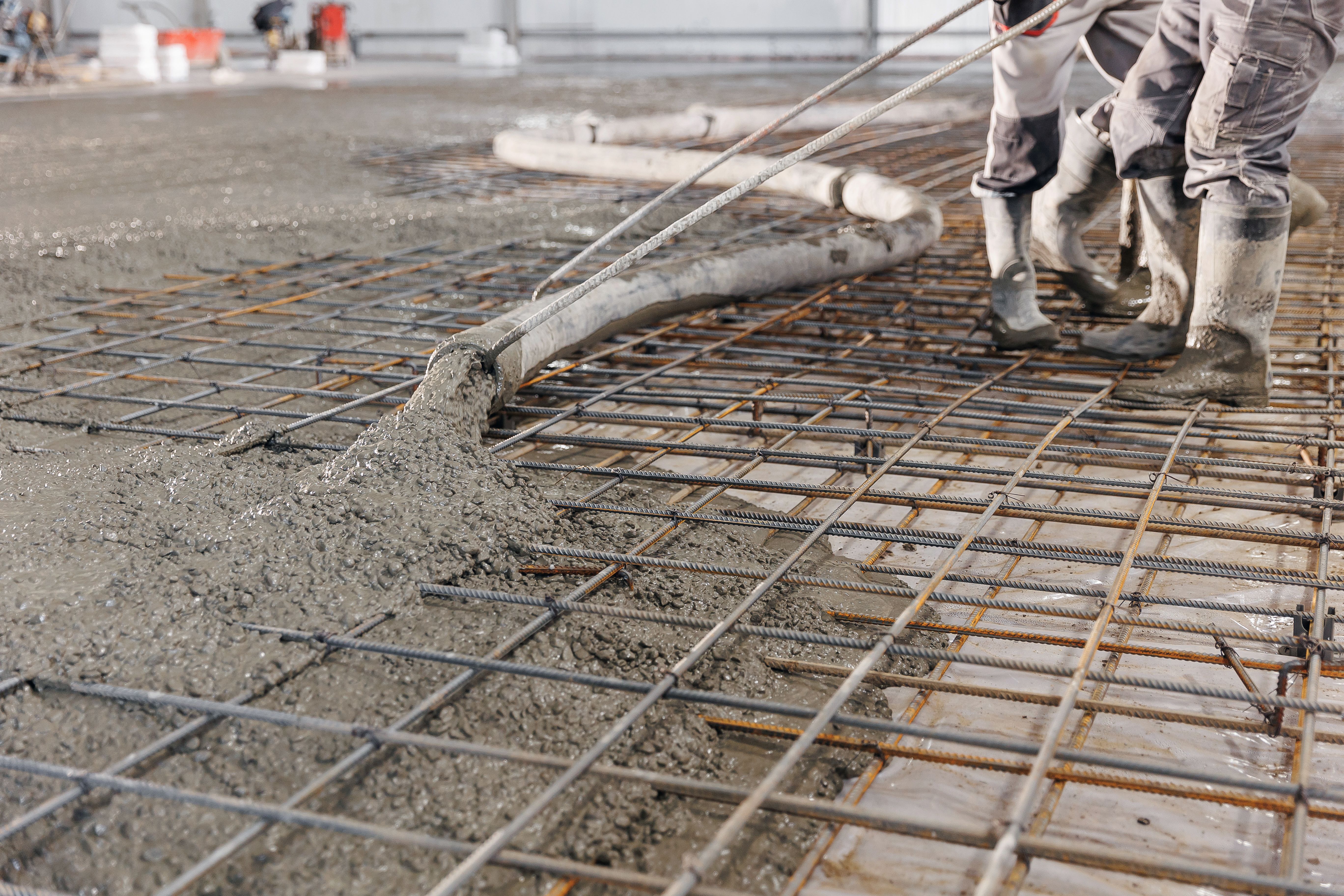LEED v5 Materials & Resources


Smarter, Cleaner, Stricter: The New MR Standards in LEED v5
As the building industry continues to confront the urgent realities of climate change, LEED v5 introduces a more rigorous approach to materials and resources. Understanding the shift from LEED v4 to v5 is essential for project teams to meet certification requirements, as well as identify opportunities to optimize credit achievement and align with evolving industry expectations.
The Materials and Resources (MR) category for LEED v5 focuses on three critical areas:
- Reducing embodied carbon through procurement of low-embodied carbon materials, quantifying embodied carbon of project structure and enclosure, and encouraging building and material reuse on projects
- Protecting human and environmental health by promoting low-emitting material procurement and material selection based on sustainability impact reporting.
- Supporting a circular economy by developing waste diversion plans for construction and demolition, establishing waste reduction and zero waste plans for building operations, and considering product supply chain practices in procurement.
The category has increased in point potential as well, with a maximum of 18 points associated with Materials & Resources. In the sections that follow, these three critical areas will be addressed to explore how LEED v5 reshapes the Materials and Resources category, what is required to meet the new standards, and how project teams can navigate these changes effectively to maximize credit achievement while meeting the demands of a low-carbon future.
Reducing Embodied Carbon
Decarbonization is essential to the LEEDv5 MR category as embodied carbon is estimated to account for half of the carbon footprint of new construction by 2050. (ref). By developing a prerequisite to measure embodied carbon impacts of project structure, enclosure, and hardscape (MRp2 v5: Quantify and Assess Embodied Carbon), project teams must consider the scope 3 emissions of a project, identify the top contributors of embodied carbon, and outline strategies considered to reduce these impacts.
- The optional credit (MRc2 v5 Reduce Embodied Carbon) connected to the prerequisite also has additional parameters to account for jobsite emissions, which creates better transparency on previously unexplored emissions territory. The credit also now allows teams to gain points with an alternative path using an EPD compliance method, which is a huge win in terms of flexibility with teams that don’t want do an entire whole building life cycle study but can still get some points for trying.
- Embodied carbon reductions can also be achieved through the reuse of existing building components (MRc1 v5: Building and Materials Reuse) either by maintaining a percentage of existing structure or through material selection. This credit includes a key elements list to encourage the reuse or procurement of salvage materials within a building, thereby advancing building practices that conserve material resources.
- Overall LEED v5 is more focused on carbon, compared to previously used other impact categories, and they’ve cast a wider net within this focus. While this helps project teams hyperfocus on a clear goal instead of juggling possible reductions in other categories, it would still be powerful to have requirements tied to other impact categories like eutrophication potential or smog potential, purely from a visibility standpoint.

Protecting Human and Environmental Health
The LEED v5 MR category emphasizes both - occupant health as well as broader health impacts on health associated with material supply chains. It’s no surprise that the MRc3: Low-emitting Materials credit was moved from the IEQ section in v4/v4.1 to the Materials section. The two have fundamental overlap and it’s agreeable to see LEED view these impacts as being holistic.
- The credit now has greater flexibility in terms of documentation, which has always been a strong hurdle because of the way they previously categorized the products. They’re also trying to encourage documentation using online software as a more reliable method along with the ‘paper trail’ system used on previous versions. The thresholds and compliance paths mostly remain the same with a more stringent approach to furniture, implying a focus on employee health and well-being.
- Impacts to human and environmental health beyond the project boundary are considered in the MRc4: Building Product Selection and Procurement credit. It is an amalgamation of two or more materials credits from v4. Refreshingly, while the previous LEED version was more focused on transparency and information, the updated credit now incentivizes choosing better products as opposed to just requiring project teams to display how good or bad their choices are. The credit also encompasses not just carbon, but social health and ecosystem health along with human health.


Supporting a Circular Economy
To foster a circular economy, the LEEDv5 MR category prioritizes waste diversion and reduction throughout the entire life cycle of the building. By expanding on previous waste management requirements, the zero waste prerequisite (MRp1 v5: Planning for Zero Waste Operations) emphasizes building readiness for zero waste operations, while promoting waste reduction, reuse, and recycling.
- Previous LEED versions surrounded waste production and diversion rates but with the MRc5: Construction and Demolition Waste Diversion the focus has shifted towards reuse and recycling. This marks a significant step in prioritizing a circular economy and addressing root causes of waste production before it becomes about disposal.
- The credit now only allows for verified diversion rates instead of facility averages when it comes to commingled waste – encouraging more data to infiltrate into the industry and provide greater transparency, reducing the reliance on outdated values that would go unchecked.
- This attitude of reusing what would otherwise be waste ties into the product selection credit as well, further making it obvious how closely they are all tied together, inviting designers to view the whole certification right from the beginning and identify how attempting one credit would benefit the other.

Final Thoughts
The LEED v5 update marks a significant shift in how materials are evaluated, emphasizing decarbonization, human health impacts, and circularity over mere product transparency. With new prerequisites and restructured credits, project teams will need to adopt more rigorous strategies and tools to meet these evolving standards. The new framework encourages a more holistic and impactful approach to sustainable materials.
Looking to navigate LEED v5 MR requirements? Our team can help you evaluate strategies and identify the best path forward for your project or portfolio. Connect with an expert today!


View More Resources
Benefit from our expertise



